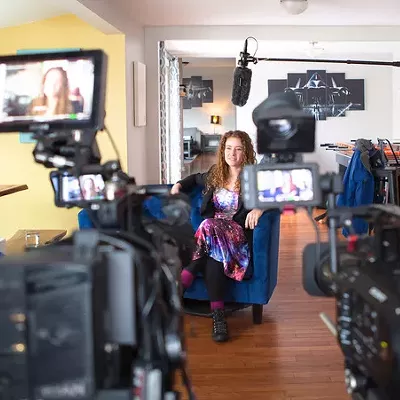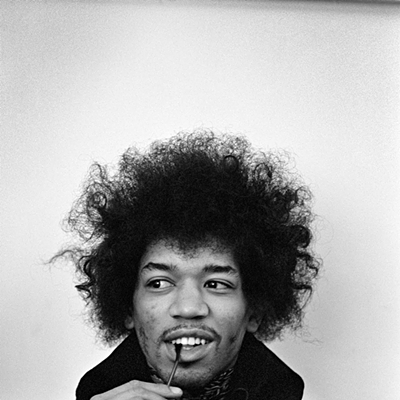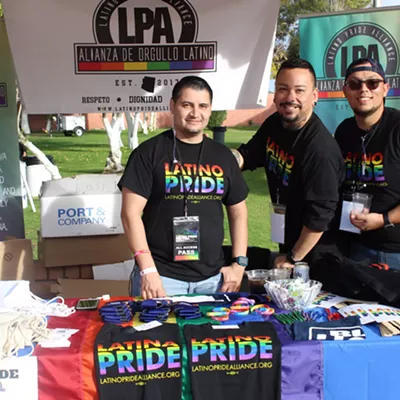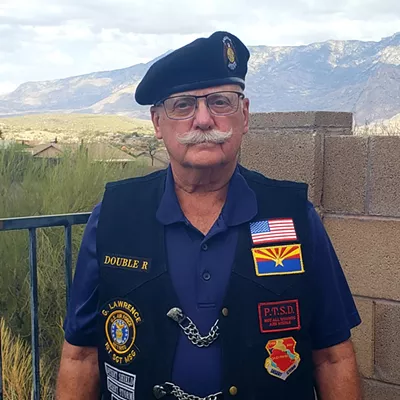The Copper State Roller Derby League has two primary rules—talk about derby and “don’t be a dick.”
Still in its infancy, the local league was founded in July 2021, the “brainchild” of Teia “Weirdo” DeWier, the league president.
“I felt like there was this space to create another league that maybe had different goals,” DeWier said. “We really knew that we wanted to have a more recreational league versus a ranked and competitive league.”
Roller Derby is played year-round, and the next mash-up bout is Saturday, Nov. 12, featuring players from around Arizona split into teams. The theme is Pixar: Monsters Inc. vs. Toy Story. For details on the recreational league bout, visit copperstatederby.com
A former competitive skater, DeWier said that when most people think of derby, they think of big tracks, but only one league like that exists in the state, the Phoenix-based Arizona Derby Dames.
The sport abides by two major governing boards’ set of rules — the Women’s Flat Track Derby Association (WFTDA) or USA Roller Sports (USARS), formerly known as the U.S. Amateur Confederation of Roller Skating. Copper State sticks with the association’s ground rules.
“I like the competitive nature, but I just really want to have fun and be theatrical and a little dramatic with the bout makeup and outfits and be silly,” DeWier said.
Some might recall the 2009 sport-dramedy film, “Whip It,” directed by Drew Barrymore, about the roller derby team the Hurl Scouts, based in Austin.
“Very much of what derby was in 2009, some think track leagues across the country still hold on to that same mentality,” DeWier said. The sport, which experienced a resurgence in the early 2000s, was all about the sexy and fishnets, she said.
“There (weren’t) really penalties,” she said. “You could just kind of have at it. It was like wrestling on wheels.”
The flat track was born out of concerns of cities that might not have had the same accessibility to big tracks. The shift in sport began in Texas, before making its way to southern Arizona.
From “hot chicks making left turns on skates,” to a competitive, International Olympic Committee-recognized sport that is also in the World Games, roller derby has evolved over the last 20 years.
A game, or bout of flat track roller derby, consists of two teams on one oval track, with at least five players from each team. The play, which is broken up into two 30-minute periods, has jams or smaller units of play, which could last up to 2 minutes.
“Four people from each team are called blockers (whose) job is to keep the other teams’ jammer from scoring,” said Danielle “Apocahips” Lips.
The league’s CFO, board member and blocker, Lips formerly skated with the team’s jammer DeWier before the pandemic. Like many other skaters, the pandemic halted roller skating for many people or alternatively, ignited a new skating passion. During the shutdown, there was a roller skate shortage.
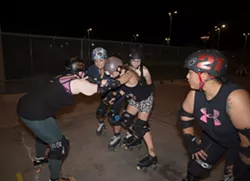
“Our views on roller derby changed after the pandemic,” Lips said. “We wanted something that was a little more laid back and we saw a need for this recreational, more socially focused kind of derby (that) was about building bonds and supporting each other.”
The league’s co-founders were looking toward creating something that would offer a “derby-life” balance while creating a sense of belonging.
“We really wanted to make a point of it being a safe space for queer folks, people of color (and those) who have mental health struggles,” DeWier said.
“Our vision was to create a skating environment where we could strap on some skates and skate around, where we weren’t pressured to be ultra-competitive,” said Raychel “D20” Hodges, a board member and blocker for the team.
Even the team’s bylaws support what individuals want their derby journey to be, DeWier said. With approximately 50 involved participants, the league is made up of veteran and newly graduated skaters known as “Baby Bats,” volunteer announcers, non-skating officiators or NSOs and those who assist with track maintenance.
Karlena “Snack Attack” Wolhart, a recent graduate of the “Baby Bat” program and blocker, said that she’s met some of her closest friends after eight and a half months of training with them. She emphasized the sense of community.
“Nobody is out for blood and nobody wants to completely plow your ass,” Wolhart said. “If you don’t understand some things, it’s fine because there is always (someone) on your team (who) will help walk you through it.”
The “Baby Bat” program, which takes about 21 weeks or four to five months, teaches new skaters the basics, before making contact, participating in scrimmages as well as acquiring their skate names.
“The process begins (with) your first derby practice and when you graduate, you sort of settle on your name,” Hodges said.
An integral part of the sports culture, it is emblematic of tradition and transformation into a powerful derby player.
Competitively, rosters or benches have 15 players on each side. Five are typically sent out onto the track, including the jammer and four blockers which is about three pods, leaving plenty of room for people to rotate.
Still in the 2022 season, the team is building its first official team so it can play against other leagues in the state.
“If they need to take an extra jam and breathe (for) another couple of minutes, we’re able to do that,” DeWier said.
The last big match that the league hosted was a Freddy vs. Jason “mashup,” on May 14.
“We had people from all over Arizona come down to play with us, it was a super fun, no pressure kind of game where people of all different skill levels were playing together,” Lips said.
Prior to the COVID-19 pandemic, the leagues would come together and compete in a state conference. DeWier said that the leagues have been re-establishing themselves since the spring, as communication has slowly picked itself back up between the leagues.
“I think everybody who’s joined our league is looking for the experience of social camaraderie,” Lips said. “An important aspect of our league is that we are extremely community focused.” The mission of community impact is in the bylaws.
Most derby leagues are nonprofit organizations, requiring a certain amount of giving back to the community. Lips said that the league chooses a nonprofit or charity for each of their events to support.
“It doesn’t take too much effort to donate your time or your energy,” Wolhart said.
“Since we’re more recreational, we have more bandwidth to do more targeted outreach,” Lips said. “We’re finally at enough members to start signing up to volunteer at community events.”
The league is open to all regardless of race, gender, orientation, socioeconomic status, culture or skating ability.
“There is no underlying gender identification on whether you’re a cool person or not,” DeWier said.
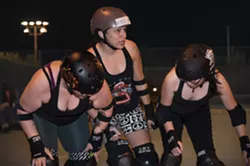
As the team prepares for its first bout of the fall season, it has been holding practices twice a week at the Eric Michael Ogden Skate Rink near Catalina High Magnet School. Weather permitting, Tuesdays include drills, scrimmage scenarios and gameplay and Thursdays cover foundational skills.
The league had to postpone its fall bout in September due to a lack of volunteers and referees. A single bout requires at least nine, not including off-skates officials who keep track of score, time and penalties.
“Imagine this track of concentrated moving bodies hitting each other (and) a list five pages long of penalties and you have to keep track of points in real time,” Lips said. “There are so many moving pieces.”
It takes a lot to fully staff a roller derby game, Lips said. The team hopes to establish a referee training program.
“Derby is back in Arizona really, really strong,” DeWier said.
Hodges added, “Just being on a Copper State team and being a part of a pod that I know what the person on my left, what the other block is doing and just getting in tune,” Hodges said. “I’m super excited about that.”
Copper State Derby League
Facebook: Copper State Derby League
Instagram: @copperstatederby


